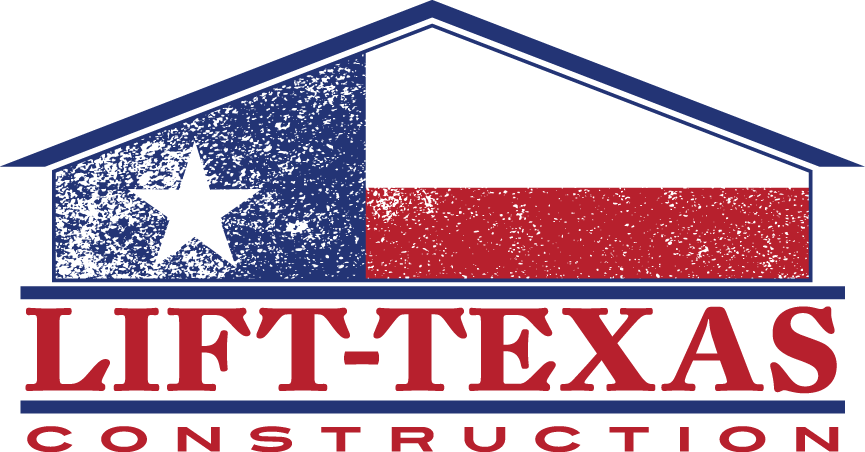The foundation of your home is its most crucial structural component. Ensuring that it remains solid and damage-free is essential for the safety and longevity of your property. Unfortunately, foundation problems can develop slowly and may not be immediately apparent. Without early detection, these issues can escalate, leading to significant repair costs and potential safety hazards.
Understanding how to identify the early signs of foundation problems can save you time, money, and stress. By being proactive and regularly checking for warning signs, you can address minor issues before they become major concerns. In the following sections, we will go over the common signs of foundation problems, emphasize the importance of regular home inspections, and guide you through a DIY foundation check. We’ll also explain when it’s critical to call in a professional for a thorough assessment.
Being vigilant about your home’s foundation health is an investment in your property’s future. Whether you notice small cracks or more significant issues, timely intervention can make all the difference in maintaining the structural integrity and value of your home.
Common Signs of Foundation Problems
Recognizing the early signs of foundation problems can be crucial in preventing extensive damage. One of the most common indicators is the appearance of cracks. These can be found in walls, floors, or around windows and doors. While minor hairline cracks might be the result of natural settling, larger and more pronounced cracks often signal underlying issues. Pay particular attention to cracks that expand over time or form in a zigzag pattern, as these can be more concerning.
Another telltale sign is doors and windows that stick or don’t open and close properly. This can be due to the foundation shifting, causing frames to become misaligned. Uneven or sloping floors are also significant indicators of foundation problems. If you notice your furniture leaning or if you feel a slope when walking across a room, it’s essential to investigate further. Additionally, gaps around window frames or exterior doors can signal that your foundation is shifting, leading to misalignment.
The Importance of Regular Home Inspections
Regular home inspections play a crucial role in identifying foundation problems early. By conducting routine checks, we can spot and address minor issues before they escalate into major structural concerns. This proactive approach not only safeguards the integrity of your home but also saves money in the long run by avoiding costly repairs.
Scheduling an inspection at least once a year, or after significant weather changes, can help us stay on top of any developing issues. During these inspections, it’s essential to thoroughly examine both the interior and exterior of the home. Look for signs of distress such as cracks, water damage, or any shifts in the foundation. Catching these signs early allows us to take timely action, ensuring that your home remains safe and sound.
In addition to annual inspections, it’s a good practice to monitor your home regularly. Pay attention to any changes in your property’s structure or appearance and document anything unusual. This habit can help you notice patterns or gradual changes that might indicate a developing foundation issue.
DIY Foundation Check: What to Look For
Performing a DIY foundation check is a helpful way to spot early signs of potential issues. To start, walk around the exterior of your home and look for visible cracks in the foundation or walls. These cracks can indicate that the foundation is shifting or settling. Also, check the level of the ground around the foundation. Proper grading should slope away from the house to prevent water from accumulating near the base, which can weaken the foundation over time.
Inside your home, pay attention to any doors or windows that are difficult to open or close. This can happen when the foundation shifts and distorts the frames. Look for cracks in the drywall, particularly around door frames and windows. Floors that slope or feel uneven when walking can also be a sign of foundation problems. By regularly checking these areas, you can catch potential issues early and take steps to address them before they become serious.
When to Call a Professional for a Foundation Assessment
While DIY checks can help you identify potential problems, there are times when you should call in a professional for a more thorough assessment. If you notice significant cracks in the foundation, especially those wider than a quarter inch, it’s time to seek expert help. Major foundation issues often require professional tools and expertise to diagnose and repair correctly. Additionally, if your home is experiencing frequent water intrusion in the basement or crawlspace, a professional can assess if the foundation is compromised and recommend the best course of action.
It’s also a good idea to consult a professional if you notice persistent issues, such as sticking doors or windows, or if the floors in your home are uneven and continue to worsen. A professional assessment provides an accurate understanding of the problems and outlines the necessary repairs. Taking this step ensures that your home’s foundation is sound and can prevent minor issues from escalating into significant structural problems.
Conclusion
Keeping your home’s foundation in good condition is essential for its overall stability and safety. By conducting regular DIY checks and knowing when to call in a professional for a thorough assessment, you can maintain the structural integrity of your house and address issues before they become severe.
If you suspect any foundation problems or want a professional opinion, don’t hesitate to reach out. At Lift-Texas Construction, we provide expert advice and quality foundation repair services to keep your home safe and sound. Contact us today to schedule an assessment and protect your property for years to come.

